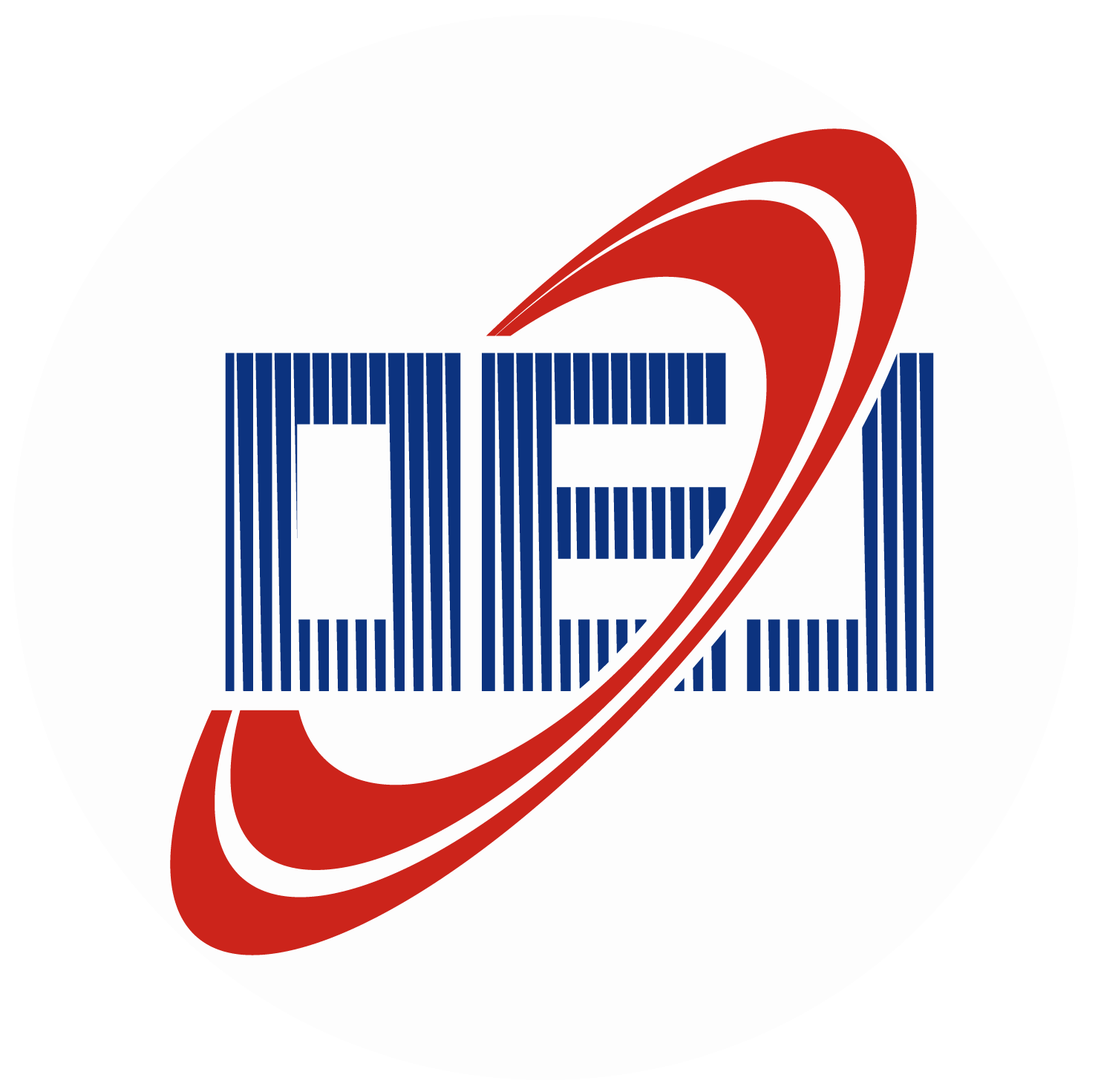-
Abstract
Design of multiple-feed lens antennas requires multivariate and multi-objective optimization processes, which can be accelerated by PSO algorithms. However, the PSO algorithm often fails to achieve optimal results with limited computation resources since spaces of candidate solutions are quite large for lens antenna designs. This paper presents a design paradigm for multiple-feed lens antennas based on a physics-assisted particle swarm optimization (PA-PSO) algorithm, which guides the swarm of particles based on laws of physics. As a proof of concept, a design of compact metalens antenna is proposed, which measures unprecedented performances, such as a field of view at ±55°, a 21.7 dBi gain with a flatness within 4 dB, a 3-dB bandwidth >12°, and a compact design with af-number of 0.2. The proposed PA-PSO algorithm reaches the optimal results 6 times faster than the ordinary PSO algorithm, which endows promising applications in the multivariate and multi-objective optimization processes, including but not limited to metalens antenna designs. -



 E-mail Alert
E-mail Alert RSS
RSS


